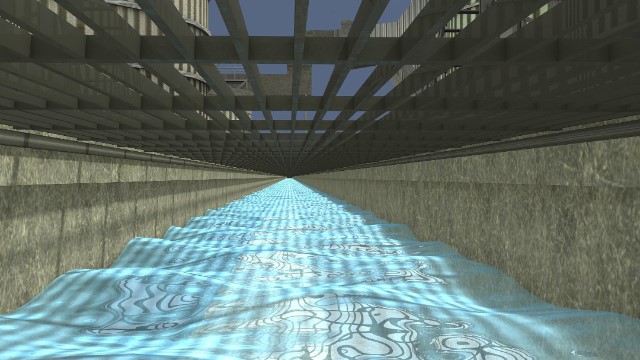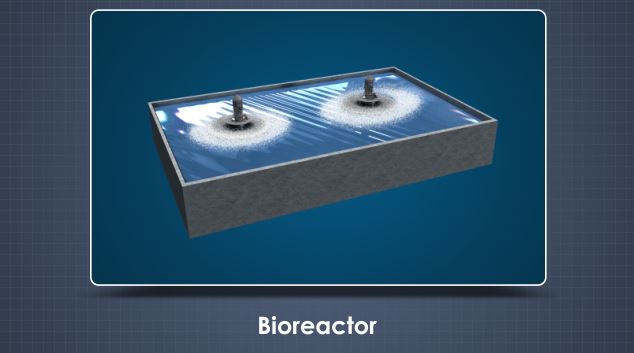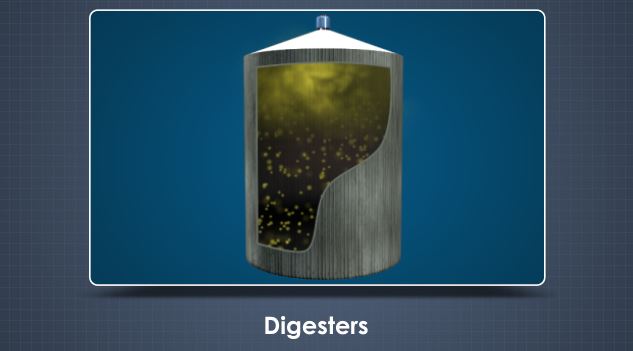Process Sewers and Effluent Collection
Many industrial processes, including the production of pulp, paper, and board products, require large volumes of water. Governments require these facilities to collect and treat their effluent streams in order to protect the environment. The sewer and effluent system is responsible for collecting all of the effluents present on site, which may include process effluent, sanitary effluent, and surface water runoff effluent. This module describes process sewers and effluent collection systems and the purpose of primary, secondary, and tertiary effluent treatments.









Demos + Pricing
Learn more about our courses, get pricing, and see our platform.
Course Details
Learning Objectives
• Describe process sewers and effluent collection systems
• Identify and describe safety hazards and safe work practices associated with sewers
• Identify and describe key equipment
• Differentiate between process sewers and sanitary sewers
• Describe the purpose of primary, secondary, and tertiary effluent treatments
• List parameters monitored by instrumentation in the sewer and effluent system
Specs
Frequently Asked Questions
What it purpose of collecting industrial effluent?
Why are process effluents and sanitary effluents kept separate?
In addition to process and sanitary effluents, what other type of effluent is frequently required to be captured and treated?
What gases present in sewers and treatment facilities may be hazardous to your health.
What are some tests that are run to monitor effluent going to and leaving the treatment facility.
Sample Video Transcript
Many industrial processes including the production of pulp, paper, and board products require large volumes of water. Governments require these facilities to collect and treat their effluent streams in order to protect the environment. The sewer and effluent system is responsible for collecting all of the effluents present on site which may include process effluent, sanitary effluent, and surface water runoff effluent. Many industrial sites have two or more separate sewer systems to collect different effluents. The most common sewer systems found in pulp and paper mills are sanitary sewers and process sewers. Surface water runoff and potentially hazardous effluents are sometimes collected separately.













